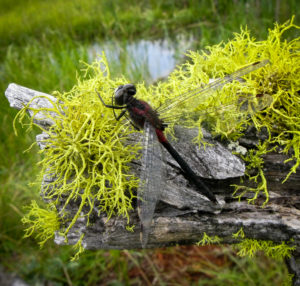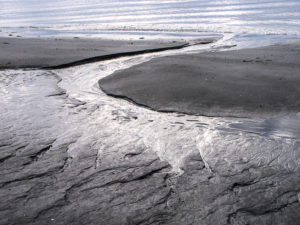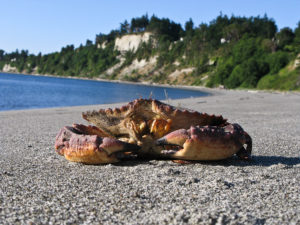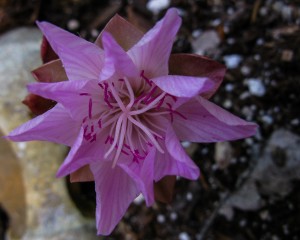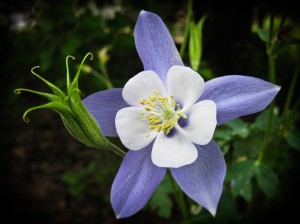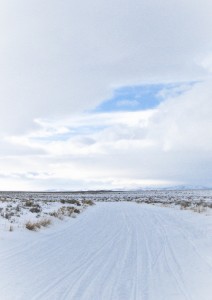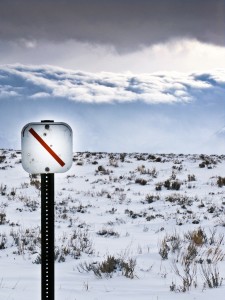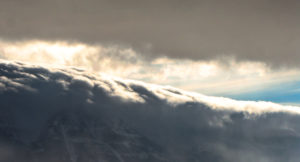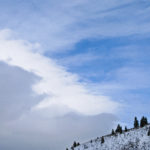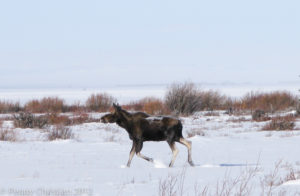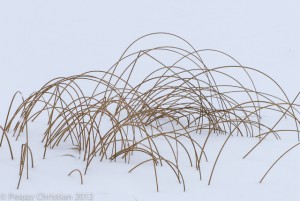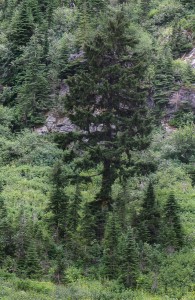 When I was a child, growing up in Colorado, I went on a field trip to the Natural History Museum in Denver. While most of the other kids were drawn to the dinosaur skeletons, I wondered off, completely entranced by what the others considered a ho-hum diorama. Behind the glass was a window into what lay beneath the surface of the earth. There were the rodent tunnels and the centipedes and earth worms but what really caught my attention were the complex network of roots reaching down and branching out all over from plants and trees. My father was a geologist and made colorful geologic maps, so I was familiar with the idea that there were layers of different kinds of rocks hidden beneath the soil. But until then I didn’t realize how much life was going on out of sight beneath my feet.
When I was a child, growing up in Colorado, I went on a field trip to the Natural History Museum in Denver. While most of the other kids were drawn to the dinosaur skeletons, I wondered off, completely entranced by what the others considered a ho-hum diorama. Behind the glass was a window into what lay beneath the surface of the earth. There were the rodent tunnels and the centipedes and earth worms but what really caught my attention were the complex network of roots reaching down and branching out all over from plants and trees. My father was a geologist and made colorful geologic maps, so I was familiar with the idea that there were layers of different kinds of rocks hidden beneath the soil. But until then I didn’t realize how much life was going on out of sight beneath my feet.
Fast forward 50 years and we now know a great deal more about what is happening just under the surface of the ground we tread. Plant biologists have found that not only do roots sense gravity, and will inevitably grow down into the earth, even if the seed is oriented upside down, they also can sense, and respond to chemical signals from other plants, whether of their own species or another. In fact, in recent years botanists have discovered that plants can signal each other, exchanging nutrients and information through their roots. Suzanne Simard and her colleagues from of the University of British Columbia have mapped out complex networks of roots, connected by mycorrhizal fungi which transmit chemical signals. They even showed how older, or mother trees used the network to nourish their young and that they can recognize those trees who are their descendants.
Looking at this mother tree surrounded by her offspring, I could almost feel the vibrations in the earth, and as I imagined the web of connection beneath the soil, that wonder I first felt at the Natural History Museum was rekindled.

